Vinh The communal house
(BNP) - According to the architecture and old records preserved at the site, Vinh The communal house, Vinh The hamlet, Dai Xuan ward, Que Vo town, was constructed a long time ago. During the Nguyen dynasty, it was restored and expanded on a large scale. During the resistance war against the French, the communal house was destroyed. In 2017, the communal house was restored on a large scale, making it as spacious and beautiful as it is today.
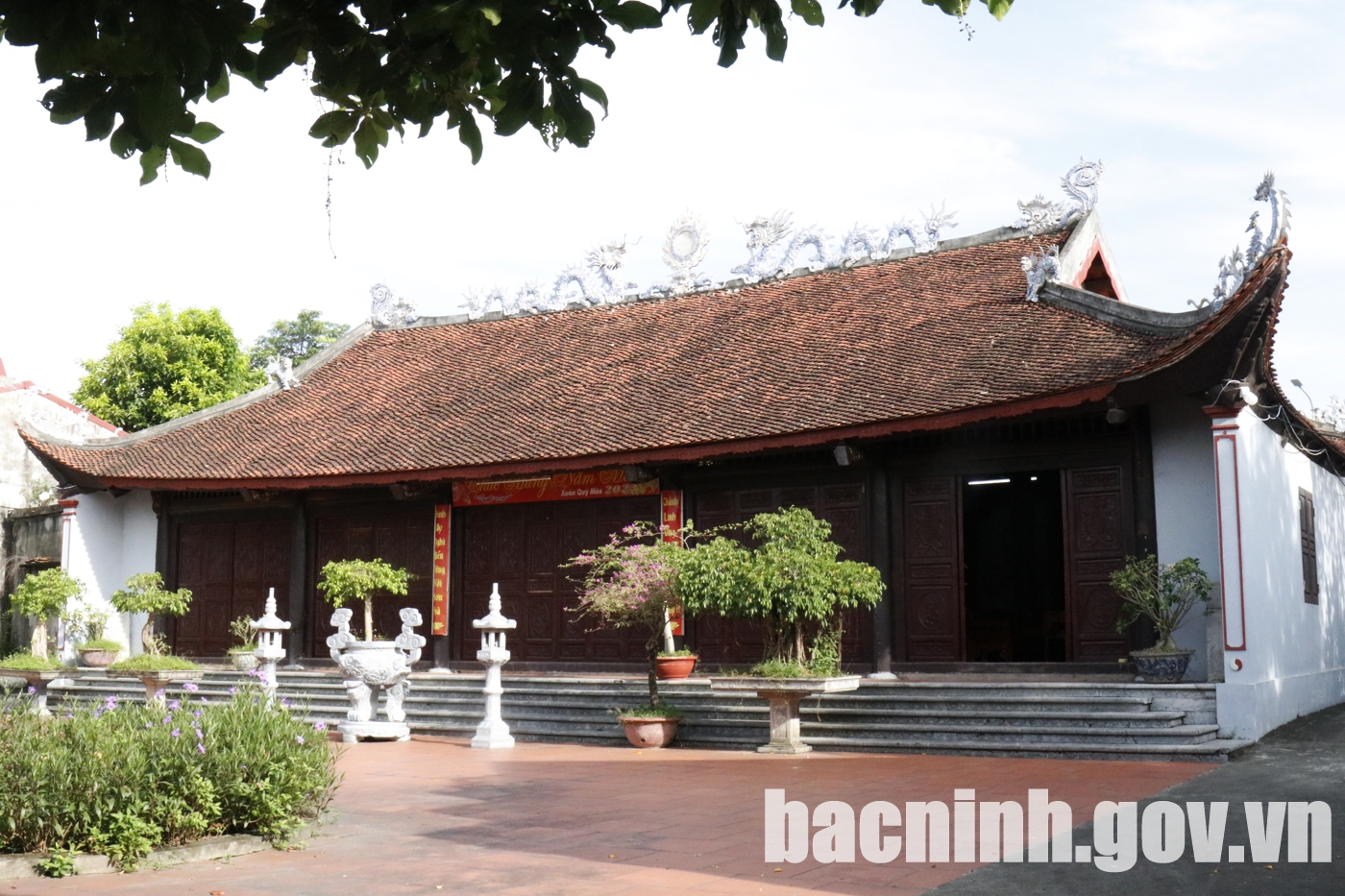
Vinh The communal house has an architecture of Chinese “Dinh” letter.
Vinh The communal house is located in the center of the village on a land area of 1,736 m2. It faces south, with Kim Doi canal in front, the cooperative's warehouse yard is behind it, and the primary and secondary schools of Dai Xuan ward to the right. The left side of the communal house borders the residential area.
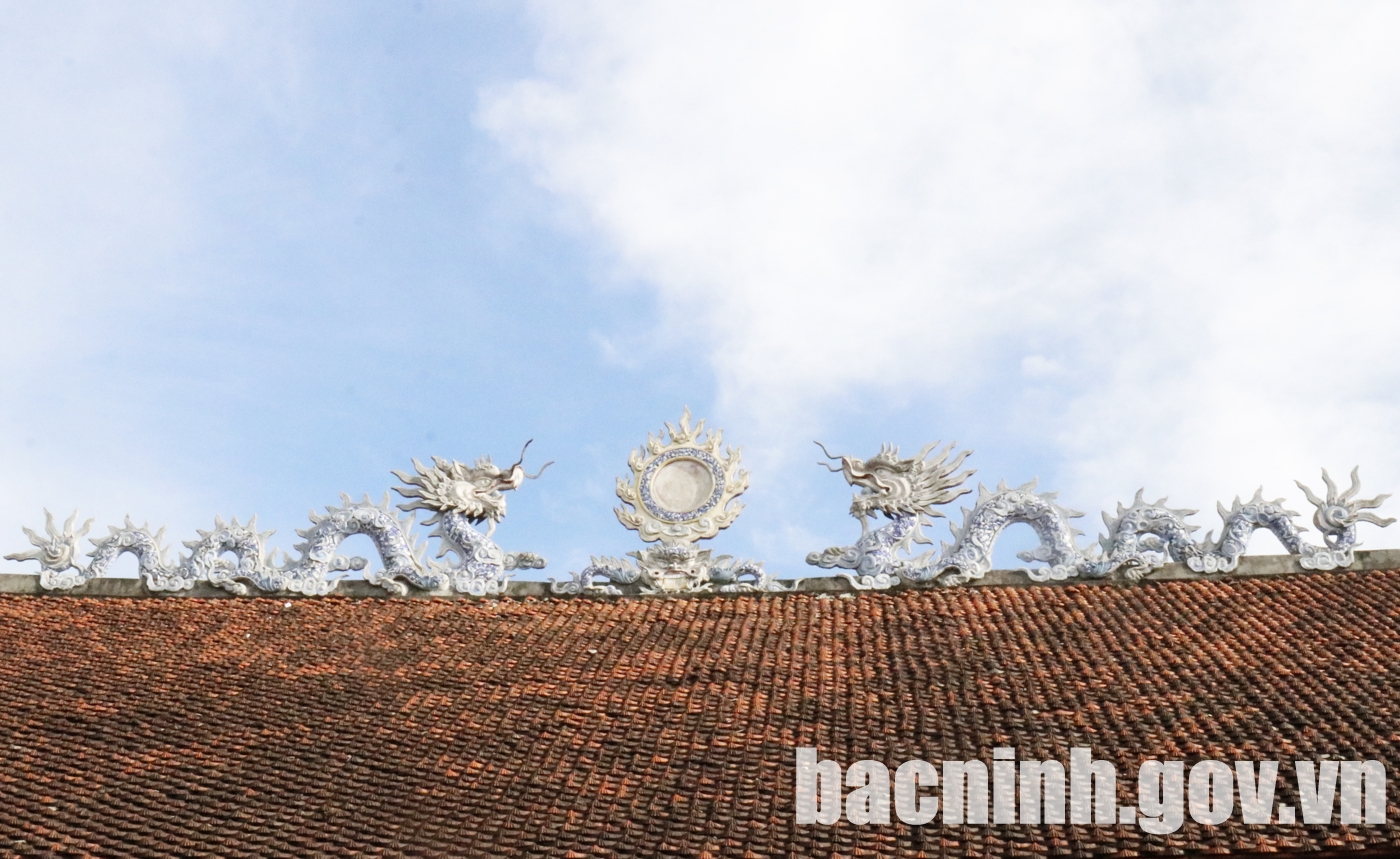
On the roof of the “Đại Đình (Great Communal Hall) is adorned with "rồng chầu mặt nguyệt" (two dragons flanking the moon).

Vinh The Communal House worships the “Thành hoàng” (Tutelary God) of the village, Saint Tam Giang, who was vital in fighting the Luong invaders in the 6th century, and Lang Bo Dai Vuong, who had many meritorious services to the people and the country.
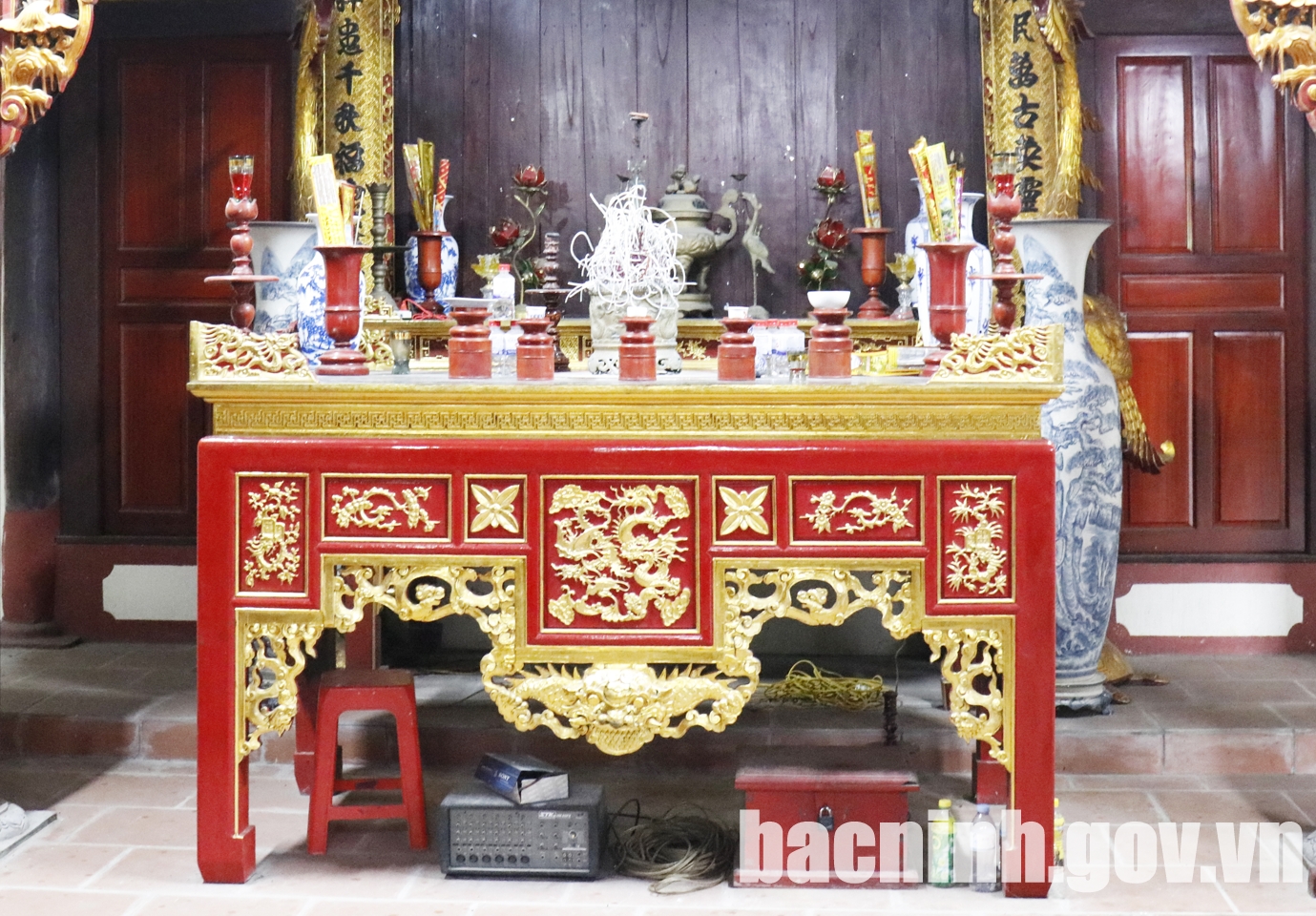
The Communal House worships the village’s “Tutelary God”, Saint Tam Giang.
Vinh The communal house has an architecture of Chinese “Dinh” letter including: “Tiền Tế” (Front Ceremonial Hall”) with 3 compartments and 2 lean-stones. A load-bearing frame using traditional materials, the rafters are linked by 6 rows of horizontal columns, 4 rows of vertical columns.
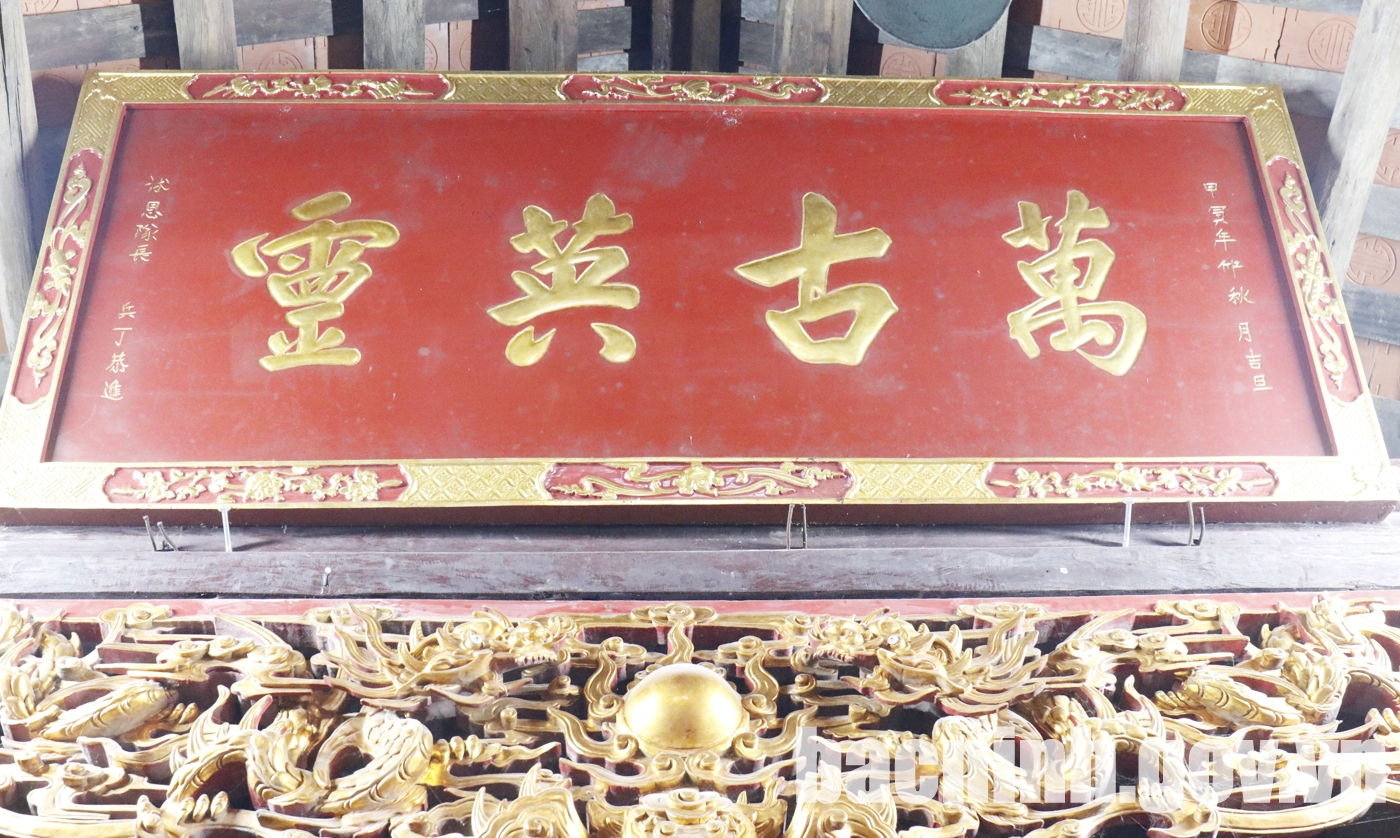
“Hoành phi” (horizontal lacquered board) is dated 1884.
“Hậu Cung” (Emperor’s Harem) has 3 compartments. Separating the inner room and middle room of the Harem is a forbidden door, with side doors opening on both sides.

Set of eight treasures is dated from the 21st century.
Typical artifacts include: horizontal lacquered board (dated 1884); Stone stele (dated 1867, 1887, 1902, 1924); The coffin, the throne, the tablet, the square tray, the incense bowl, the literary price, and the bamboo tray (dated in the Nguyen Dynasty); set of eight treasures, incense-table (placed in front of the altar), and the couplets (dated in the 21st century).
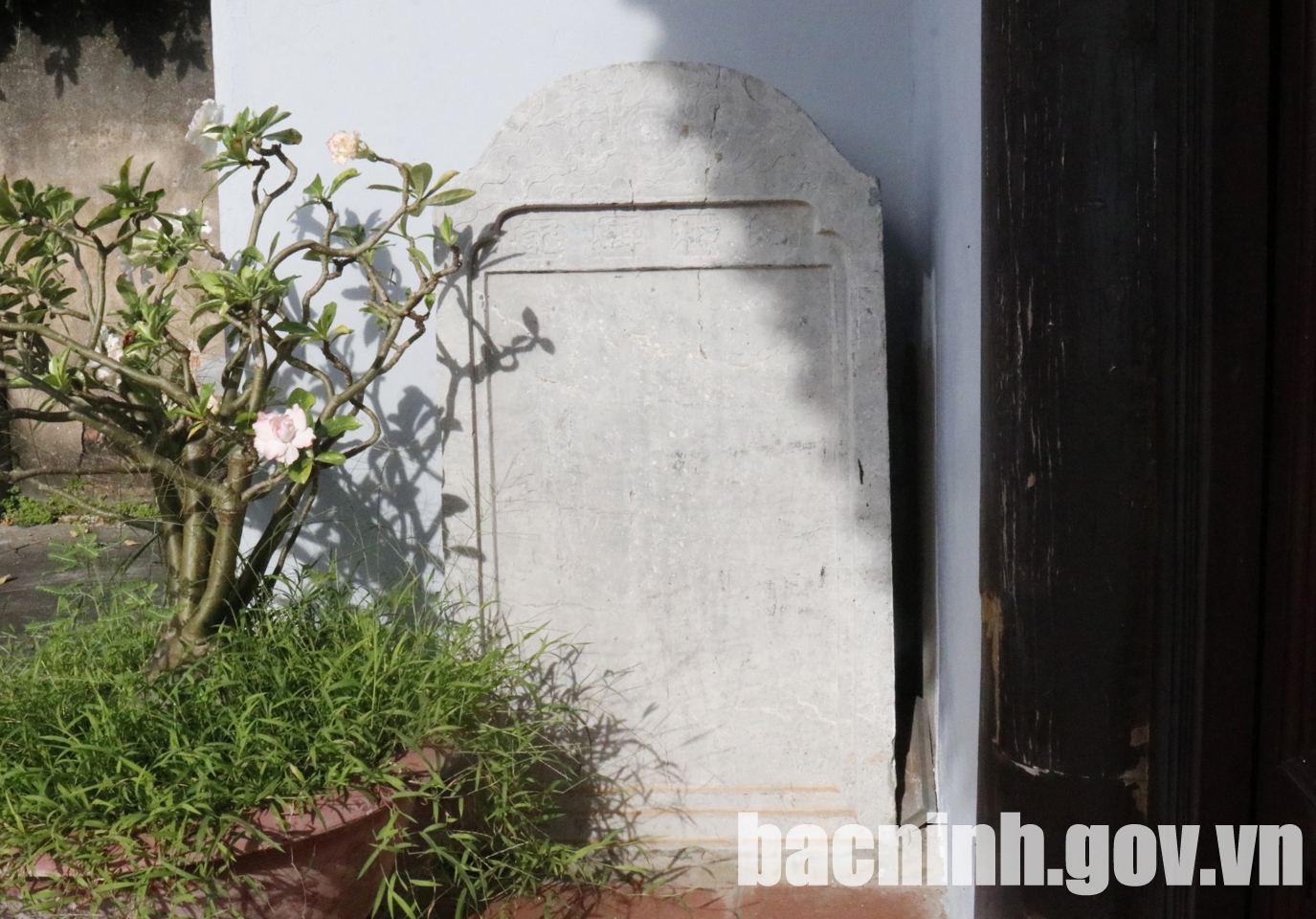
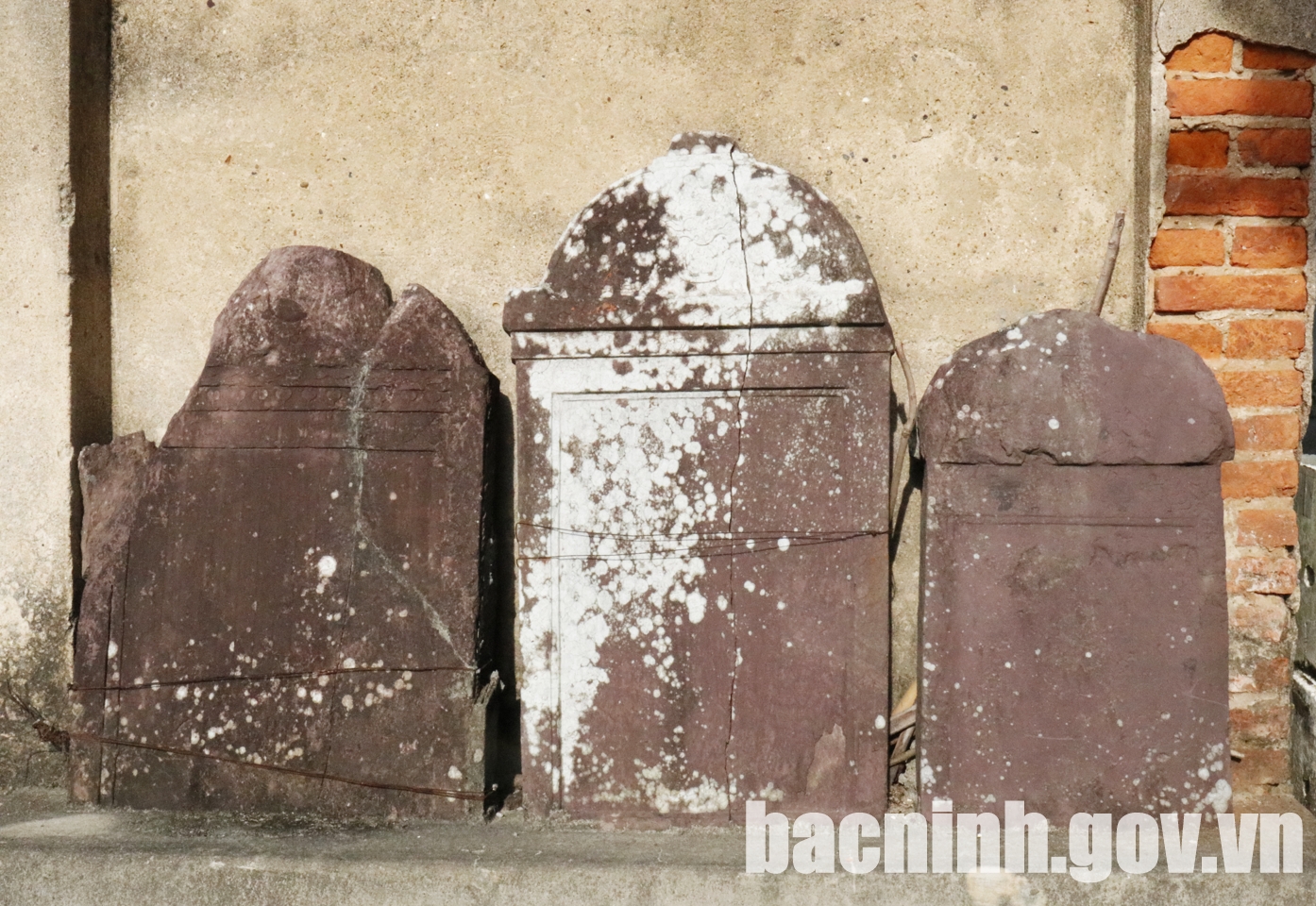
Stone steles are dated in 1867, 1887, 1902, 1924.
Vinh The Communal House is a local community cultural and religious project. Along with the value of sculptural architecture, Vinh The communal house also preserves many precious documents and artifacts such as: stone stele, horizontal panels, parallel sentences, thrones for worshiping tablets, worshiping objects... The vestiges of the communal house in history are also valuable cultural heritage of the homeland and the country.

Certificate of ranking provincial level relic.
Vinh The Communal House was recognized as a provincial-level historical and cultural relic in Decision No. 1058 QD/UBND, dated August 12, 2008.






